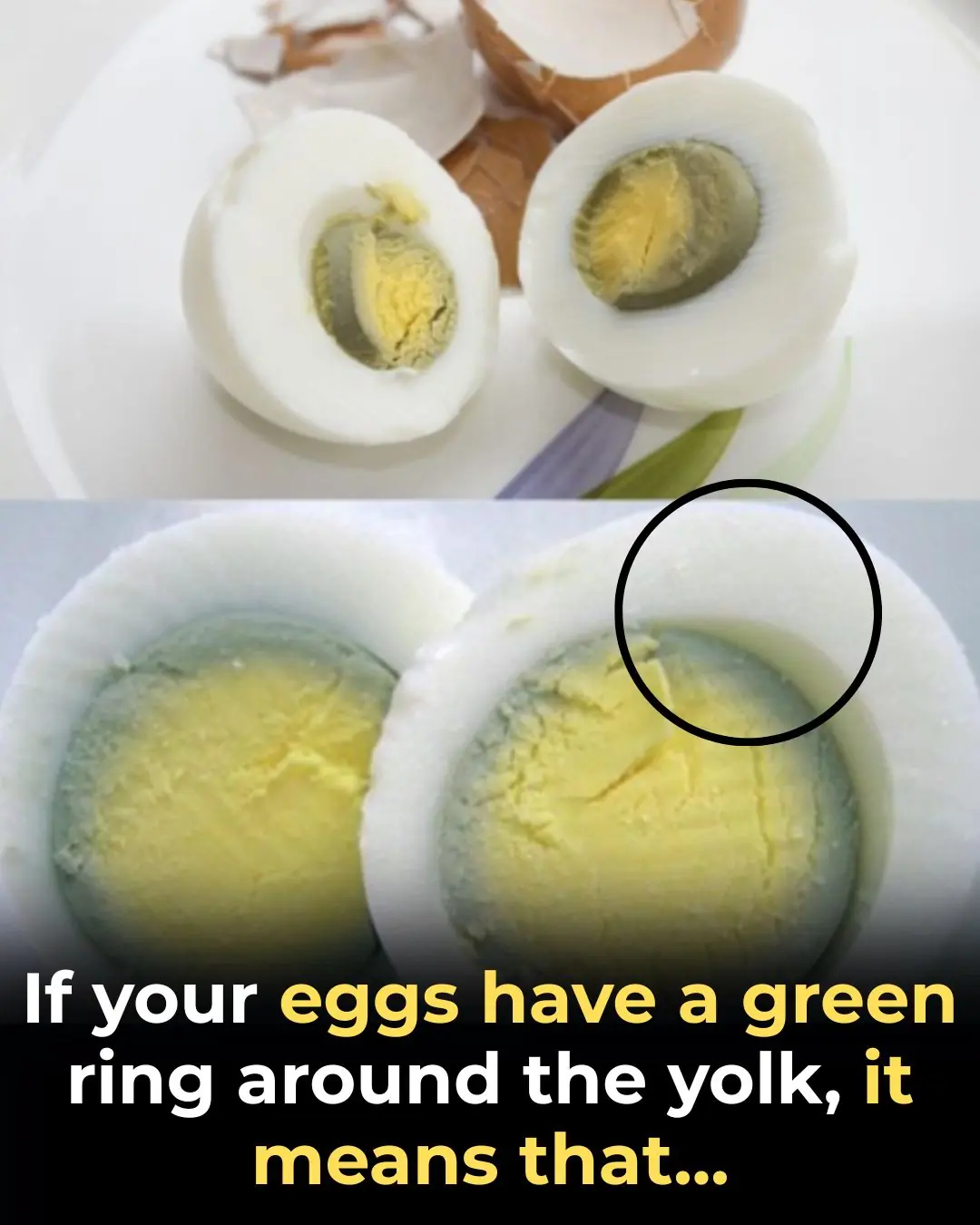
What’s the Small Hole in a Padlock For?
Why Padlocks Have a Tiny Hole at the Bottom—and Why It Matters
A padlock is one of the simplest yet most essential security items people rely on every day. Whether it’s used to secure a bike, an outdoor shed, a toolbox, or even a backyard gate, its purpose is universal: to keep belongings safe from theft or tampering.
At first glance, padlocks seem straightforward—just a solid block of metal with a shackle. But if you look closely, you’ll notice a small, almost hidden hole at the bottom of most designs. Though easy to overlook, this little feature has an important purpose that directly impacts the lock’s durability and usability.
Protection Against the Elements
Padlocks are often left outdoors, exposed to rain, snow, and extreme temperatures. Over time, moisture can seep inside and cause the internal mechanisms to rust, making the lock stiff or completely unusable. The small drainage hole at the bottom is designed to let water escape, reducing the risk of corrosion and extending the life of the lock.
This simple feature turns a padlock from a short-term solution into a long-term protector of your property. Without it, locks would be far more likely to fail after repeated exposure to the elements.
Modern Alternatives: Weatherproof Padlocks
While the drainage hole was once considered an innovative solution, technology has since evolved. Weatherproof padlocks are now widely available, built with sealed mechanisms that provide even stronger resistance against rain, dirt, and dust. These locks are especially useful in coastal or high-humidity environments where rust develops quickly.
Still, the traditional hole remains a clever and practical design choice for many standard padlocks, especially when combined with proper maintenance.
More Than Just Rust Prevention
Interestingly, the small hole at the bottom has another hidden use. If a padlock becomes jammed and refuses to open with its key or combination, the hole provides direct access to the lock’s internal parts. By applying a few drops of oil or lubricant into the hole, you can loosen the mechanism and often restore the lock to working order.
In emergency situations, this can save you from having to cut the lock off entirely—a quick fix that keeps your belongings secure without the need for replacement.
A Small Detail With a Big Purpose
Though tiny and often ignored, the hole at the bottom of a padlock is a reminder that good design lies in the details. It’s a feature that ensures longevity, supports easy maintenance, and enhances reliability. For those who want even greater protection, modern weatherproof options are available, but the traditional padlock hole continues to serve as a smart, practical solution.
So, the next time you see that little hole, you’ll know it’s more than just a manufacturing quirk—it’s the reason your padlock keeps protecting your valuables, rain or shine.
News in the same category


When a married woman is attracted to another man, she does these 9 things

Three holy water rituals many people practice at home before Christmas

If A Woman Says These 6 Things Regularly, She’s Way Smarter Than You Even Realize

11 Clever Phrases Smart People Use to End Pointless Arguments

8 Quiet Things People With Low Empathy Often Say Without Realizing It

Brutally Honest Reasons Older Women Say They Are Done With Dating

How to Travel Thousands of Miles Without Motion Sickness

China Unveils Its First Small Nuclear Reactor to Power 500,000 Homes and Cut Carbon Emissions

Physicists Discover Two New Types of Quantum Time Crystals

A 30-Year-Old Man Admitted to Hospital and Discovered to Have Acute Kidney Failure: It Was All Due to One Mistake in His Workout

Trick To Stop Mosquito Bite From Itching

A Family of Four Diagnosed With Liver Cancer: Experts Identified the Cause the Moment They Entered the Kitchen
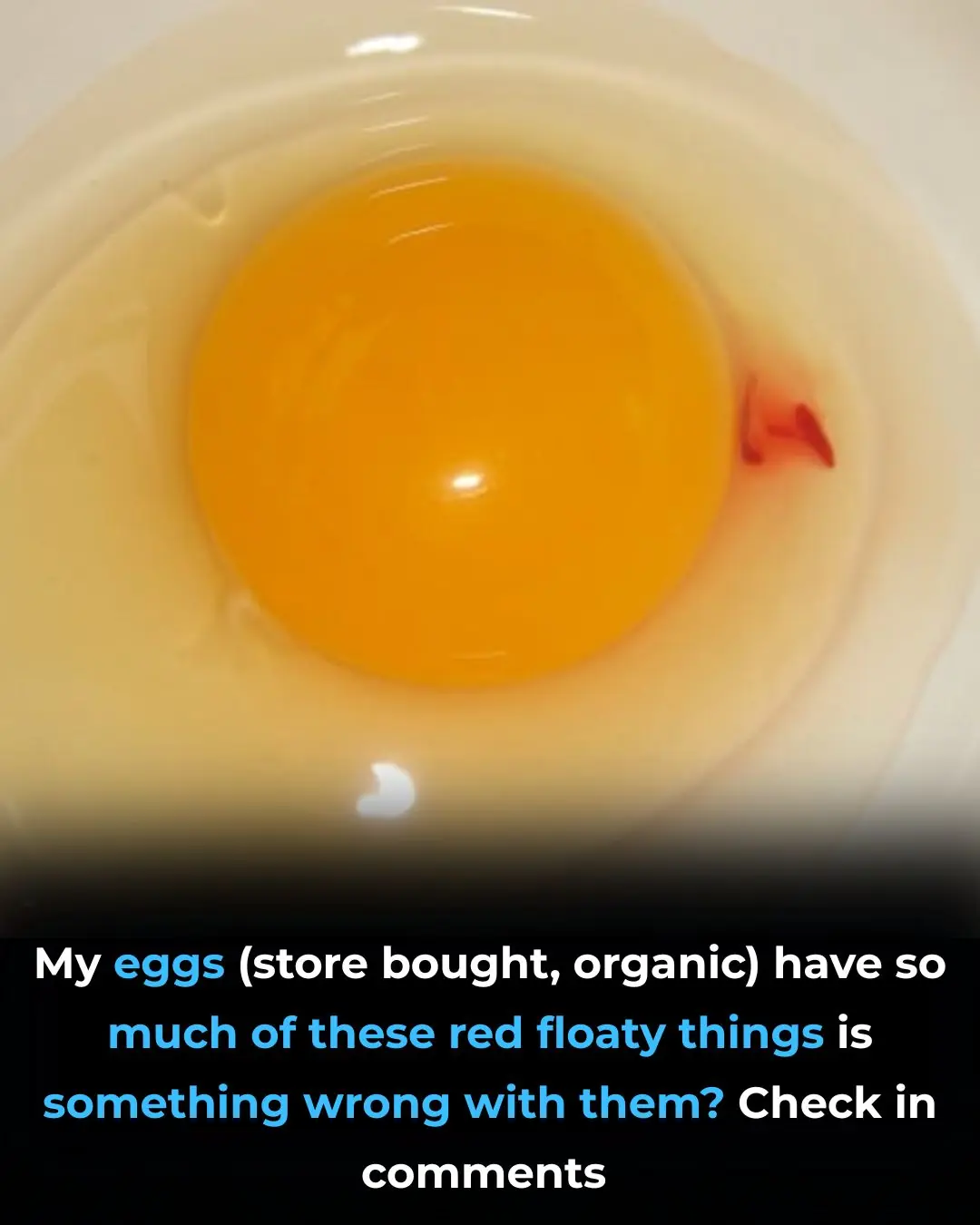
Should We Eat Eggs With BL00D Spots

Scientists Crack an “Impossible” Cancer Target With a Promising New Drug

If You Love Being Alone, You Probably Have These 10 Qualities Others Envy

People Who Were Raised By Strict Parents Often Develop These 10 Quiet Habits

Six Money-Saving Habits That Can Quietly Increase Cancer Risk
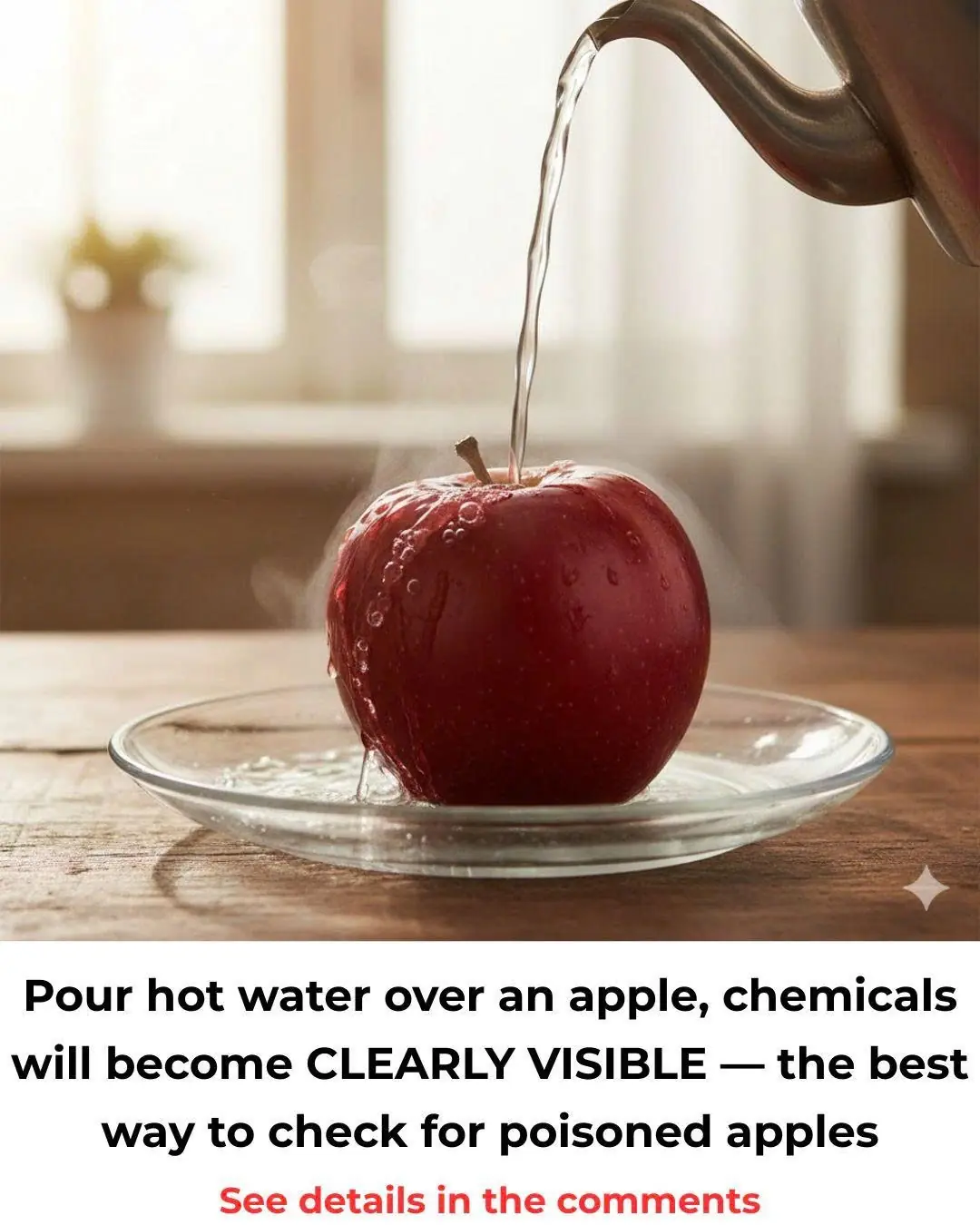
Pouring Hot Water on Apples: A Simple Way to Detect Preservatives

9 Strange Feelings You’ll Experience Around People Who Aren’t Good for You
News Post
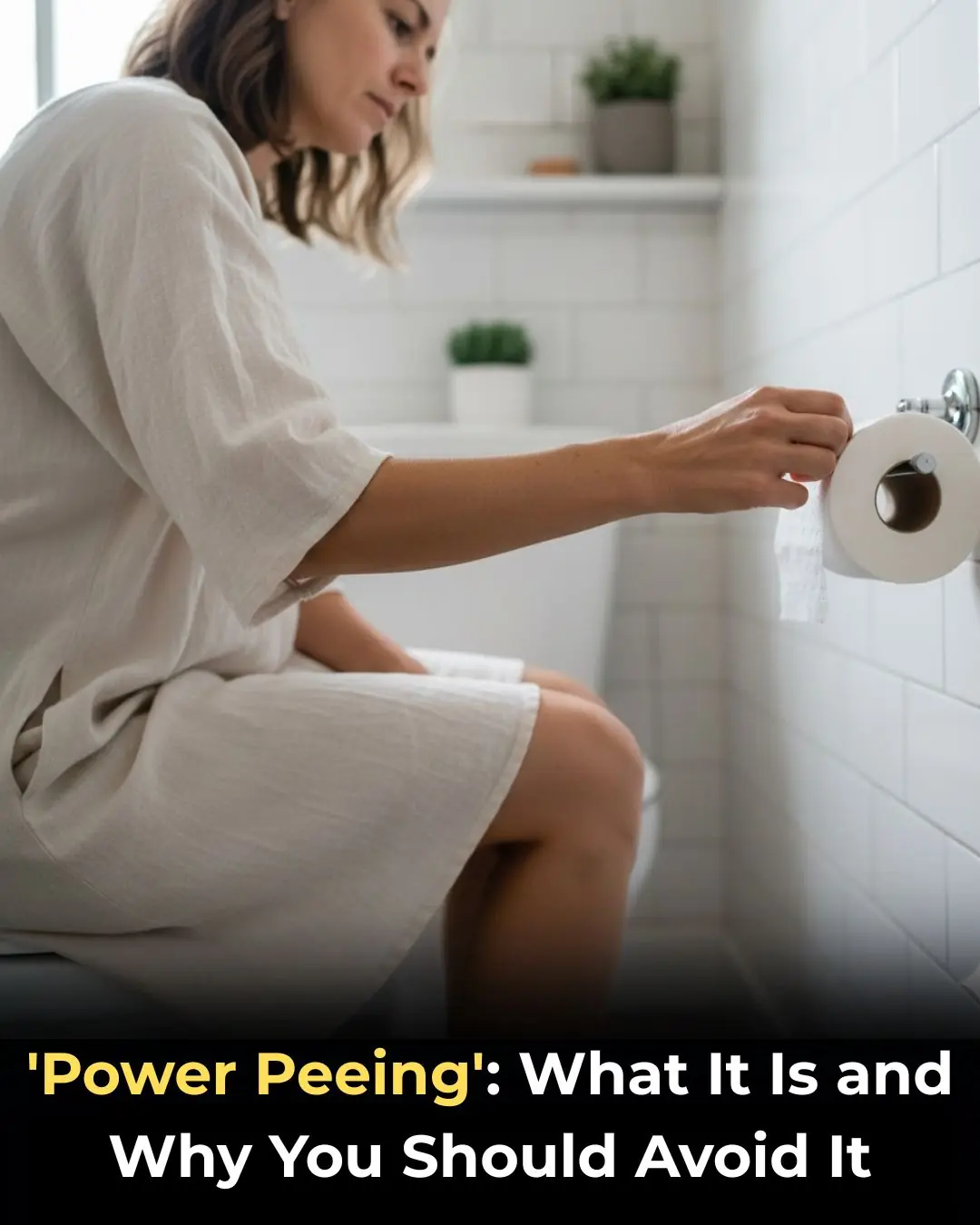
‘Power Peeing’: What It Is and Why You Should Avoid I
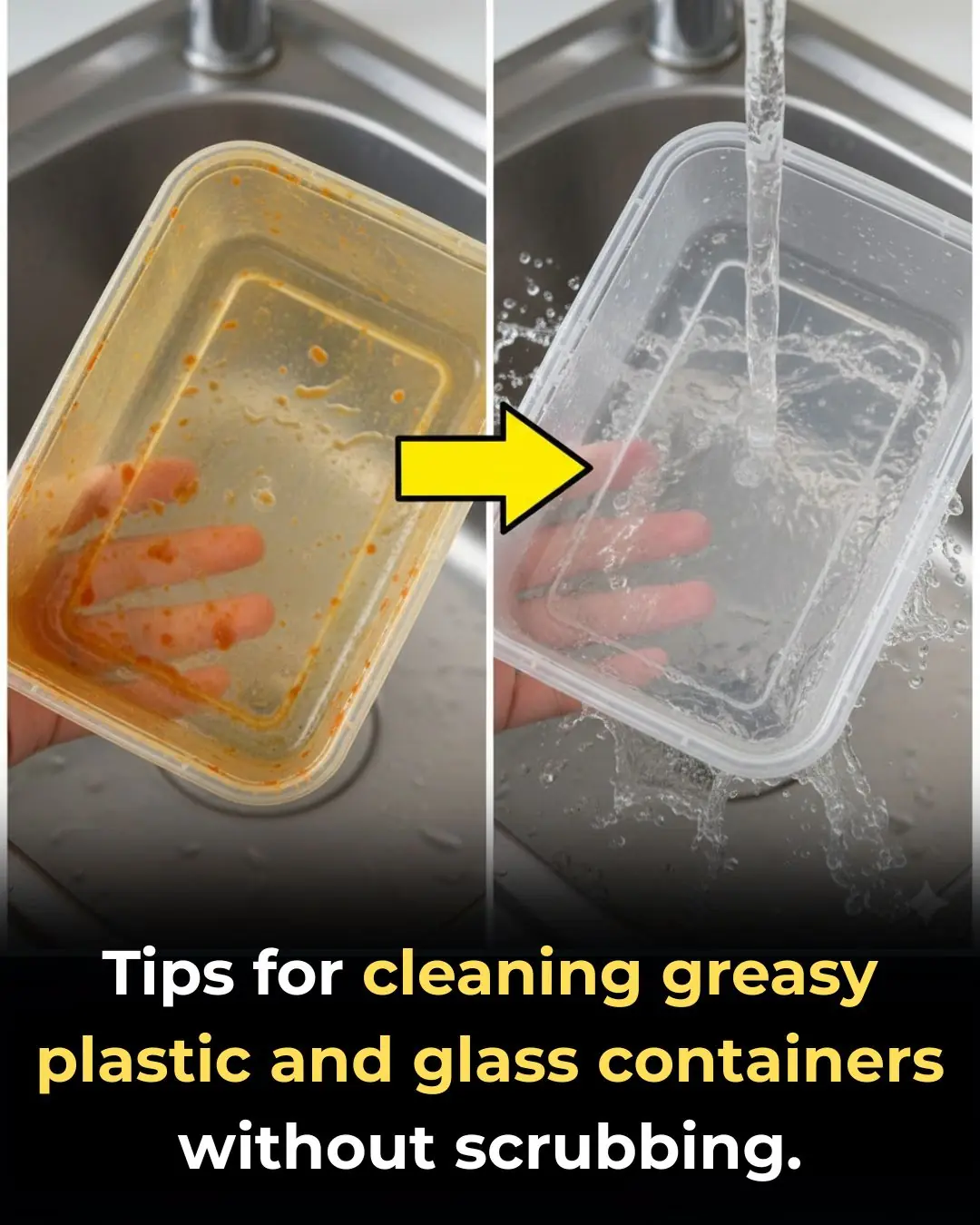
Tips for cleaning plastic containers and glass containers full of grease, without scrubbing

DIY Rice Water Ice cubes for Clear Skin – Shrink Large Pores

Six Weeks After My Husband Left Me And Our Newborn In A Snowstorm, I Walked Into His Wedding Holding The One Thing He Never Thought I’d Have

12 Thick Eyebrow Growth Home Remedies – Eyebrow Growth Oil & Serum

The moment I signed the divorce papers, I immediately canceled his 15 credit cards. While he was celebrating a $75,000 wedding with his mistress, he froze at just one sentence from me.

My boyfriend proposed to me on my birthday. With tears of joy, I said, “Yes, of course!” He stood up and shouted, “It’s just a joke!” His friends were filming it to post on YouTube, all of them laughing hysterically. But a few weeks later…
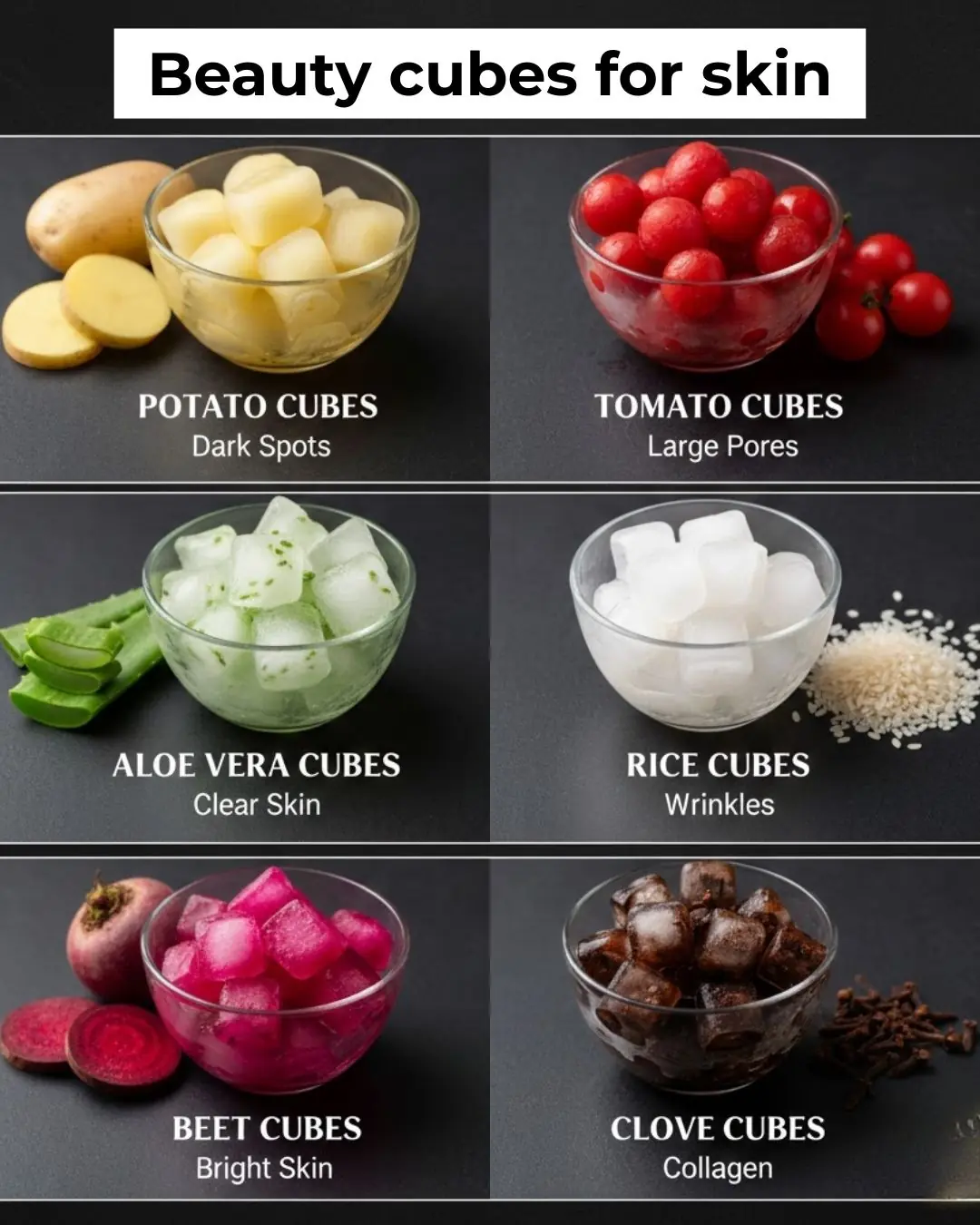
10 DIY Beauty Ice cubes for Face, Glowing Skin

I WALKED INTO MY BROTHER’S ENGAGEMENT PARTY. THE BRIDE WHISPERED WITH A SNEER: ‘THE STINKY COUNTRY GIRL IS HERE!’ SHE DIDN’T KNOW I OWNED THE HOTEL — OR THAT THE BRIDE’S FAMILY WAS ABOUT TO LEARN IT THE BLOODY WAY.

MY HUSBAND ASKED FOR A DIVORCE. HE SAID: ‘I WANT THE HOUSE, THE CARS, EVERYTHING EXCEPT THE SON’ MY LAWYER BEGGED ME TO FIGHT. I SAID: ‘GIVE IT ALL TO HIM.’ EVERYONE THOUGHT I’D LOST MY MIND.

I HAD A FEELING MY HUSBAND WAS SLIPPING SLEEPING PILLS INTO MY TEA. THAT NIGHT, WHILE HE STEPPED OUT, I POURED IT DOWN THE SINK AND PRETENDED TO BE ASLEEP. WHAT HE DID NEXT MADE MY BLOOD RUN COLD…

Purple blotches keep showing up on my arms. Doctor isn’t available for weeks. What should I do?
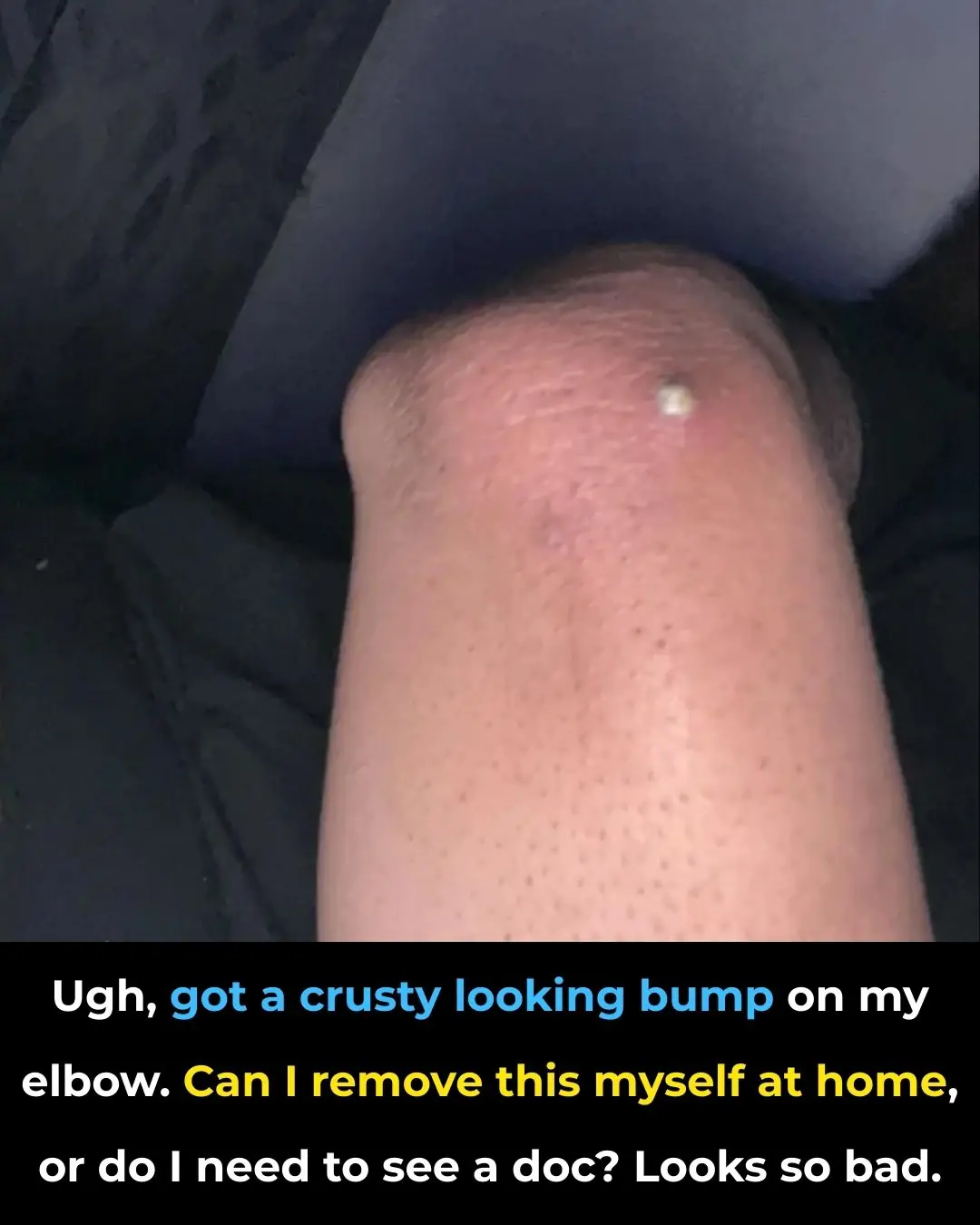
Ugh, got a crusty looking bump on my elbow. Can I remove this myself at home, or do I need to see a doc? Looks so bad

Proven Health Benefits of Dates (Dried, Fresh, Medjool) – Science Based

DIY Turmeric & Ginger Shots to Fight Inflammation, Boost Immunity & Soothe Your Gut

White Bumps or Spots on Lips: Causes and Effective Treatments

Don't add vermicelli to your spring rolls; add this ingredient to make them crispy, and you can make a hundred of them to eat gradually – they'll still taste delicious.

When thawing pork, don't soak it in water. These two methods are extremely effective and keep the meat fresh.

When making spring rolls, remember to brush this onto the wrapper; the spring rolls will be crispy, golden brown, and won't get soggy even after a while.
